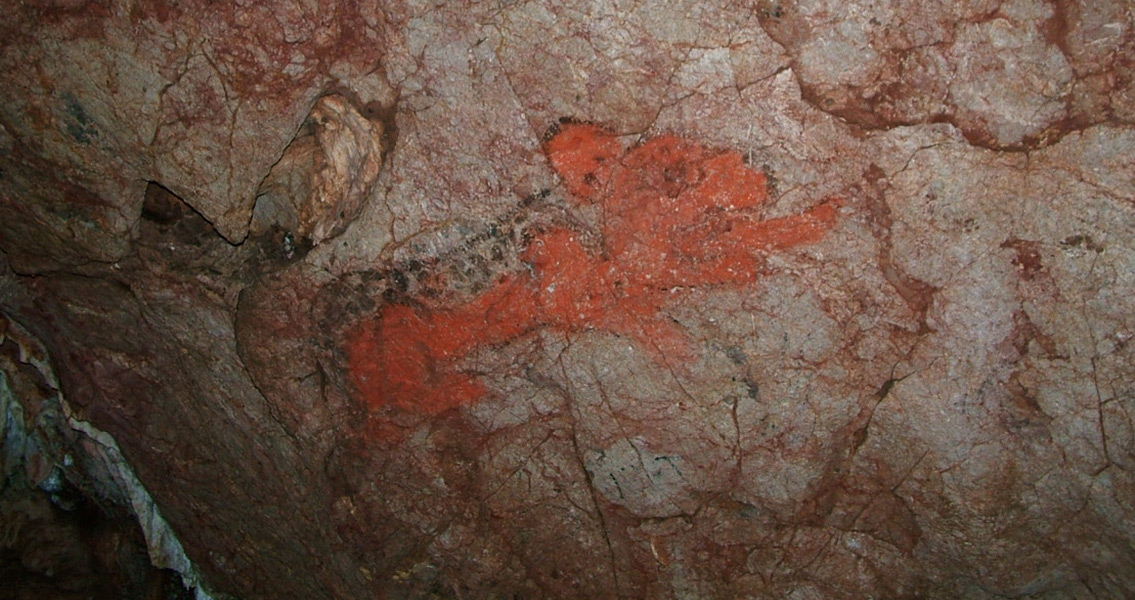<![CDATA[A new research study has revealed a close correlation between variations in climate and the rise and fall of agrarian states in Peru and Mexico. According to a press release from Penn State University, research into climate records gleaned from Juxtlahuaca Cave in Mexico’s Guerrero State and the Quelccaya ice cape in Peru’s Cordillera Vilcanota region has resulted in the discovery of a detailed record of annual temperature and rainfall rates for the last 1,800 to 2,000 years. Penn State’s Douglas Kennett, an environmental archaeology professor involved in the study, states that the climate information contained in ice and stalagmites from both locations is clear enough to forge a connection between climate and the fortunes of city states in these regions, though there is a need to further refine this gathered data. Kennett combined forces with statistician and climatologist Norbert Marwan from Germany’s Potsdam Institute for Climate Impact Research in order to analyze the climate records. Using new, high resolution imaging methods has led to the most detailed data gathered to yet be capitalized on by the archaeological community, Kennett added, and by combining this gathered data with the rise and fall of known agrarian states in Mexico’s past, the two researchers were able to determine that the key to expansionary periods lied in times of stable and persistent rainfall over the centuries. Meanwhile, agrarian states tended to decline during volatile and unstable climate conditions such as extended drought. These declines were usually accompanied by a decentralization or dispersal of power and populations, leading to smaller and less powerful cities to rise in these areas, that tended to be less stable and with dominion over smaller swathes of territory as well. Meanwhile, the rise and fall of agrarian states in Peru – around 3,000 miles south of Mexico – were found to follow similar patterns. In the high altitude regions of the Peruvian Andes, societies needed to adapt to methods that would be appropriate for these higher-elevation regions, making them even more susceptible to climate variation. The researchers found that periods of stable, warm, and wet climate conditions led to growth, but dry and volatile conditions disrupted agricultural pursuits and led to the decline of Peruvian agrarian states. Again, mirroring the pattern discovered in Mexico, smaller and less powerful city-states arose in Peru during times of short-term climate instability within the region. The new study could pave the way for future climate variation studies to take into the account how human civilizations responded to transient and shorter-term climate variations as well as how they responded to longer-term climate changes, the researchers suggested. For more information: www.rsta.royalsocietypublishing.org Image courtesy of Wikimedia Commons user: Matt Lachniet, University of Nevada at Las Vegas ]]>
New Study: Agrarian States Influenced by Climate Change
